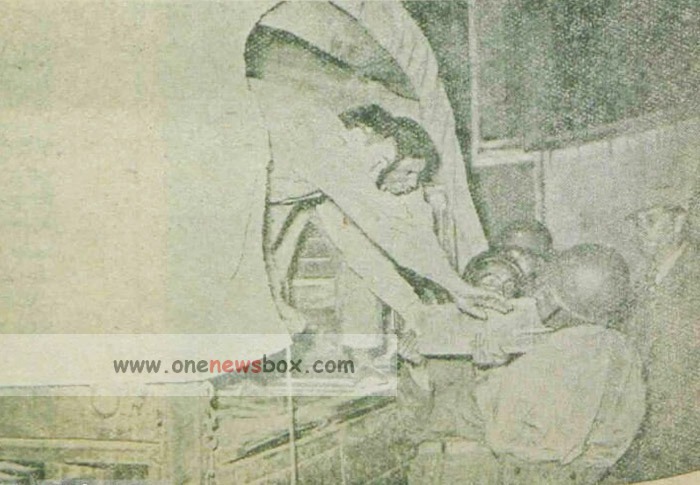The gold, thus, was more than a settlement. It was a signal—an attempt, perhaps, by the Soviet leadership to close a chapter of contention, to foster a degree of goodwill, and to recalibrate its relationship with a neighbor increasingly courted by the West. For Iran, it was both a symbolic vindication and a financial windfall at a time when national pride and economic development were intertwined.
II. The Shadows of Occupation
To fully understand the magnitude of the 1955 announcement, one must revisit the circumstances under which Iran found itself occupied during World War II. In August 1941, faced with the Axis threat and the critical need to supply the Soviet Union via what became known as the Persian Corridor, British and Soviet forces jointly invaded Iran. Although Iran had declared neutrality, the Allies were determined to use Iranian territory as a lifeline to the beleaguered Soviets, transporting military and humanitarian supplies from the Persian Gulf to the Caspian Sea and onward to the Eastern Front.
